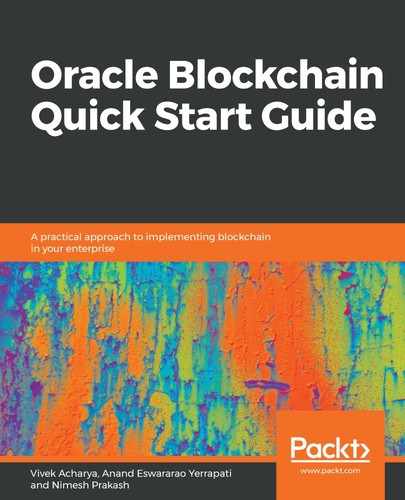Sellers make a transaction with the customer and raise an invoice. These invoices are due in 30 days, 90 days, or whatever, depending on the business terms of the supplier and their customers. Hence, their customers don't pay the sellers immediately. In those cases, where the seller wants immediate cash to operate or generate more business, they can opt to sell their outstanding receivables. This allows sellers to meet their immediate needs. The invoice seller usually puts the outstanding invoice for sale at a discount. The buyer usually accepts the discount and immediately pays the seller. However, the buyers only pay the discounted amount, for example, 90% of the total invoice amount. Behind the scenes, the buyers check the credit history of the payer (customer) since it is the customer who will finally pay the buyer. During this process, there are three parties—the invoice seller, the invoice debtor (payer), and the invoice factor (buyer). Such invoice factoring is also referred to as account receivables financing or account receivables factoring. It is a kind of asset-based lending (ABL), which allows a seller's account receivables to be collateral.
 As-is flow
by Nimesh Prakash, Anand Eswararao Yerrapati, Vivek Acharya
Oracle Blockchain Quick Start Guide
As-is flow
by Nimesh Prakash, Anand Eswararao Yerrapati, Vivek Acharya
Oracle Blockchain Quick Start Guide
- Title Page
- Copyright and Credits
- Dedication
- About Packt
- Foreword
- Contributors
- Preface
- Exploring Blockchain and BaaS
- Accounting system – single and double–entry
- Centralized versus distributed ledgers
- DLT and blockchain
- Accounting system – triple–entry or distributed double–entry
- Blockchain definition and analogy
- Layered structure of the blockchain architecture
- Structure of the blockchain
- Types of blockchain networks
- Blockchain platform
- Blockchain actors
- BaaS 
- Summary
- Construing Distributed Ledger Tech and Blockchain
- Challenges and opportunities of DLT
- Challenges of traditional technologies and solutions
- Design strategy
- Blockchain properties and use cases
- Types of use cases
- Exploring use cases
- Engaging with a use case
- Summary
- Delving into Hyperledger Fabric
- A glance at the Hyperledger project
- HLF – features and qualifiers
- Architecture – conceptual view
- Hyperledger architecture (layered view) and components
- Large object storage – on-chain or off-chain
- Summary
- Engage in Business Case on Blockchain Platform
- Understanding the business scenario
- Designing the solution
- Exploring OBP
- Features and components of OBP
- Rich history database with OBP
- Summary
- Managing Solutions on Oracle Blockchain Platform
- Developing Solutions on Oracle Blockchain Platform
- Other Books You May Enjoy
As-is flow
-
No Comment
..................Content has been hidden....................
You can't read the all page of ebook, please click here login for view all page.